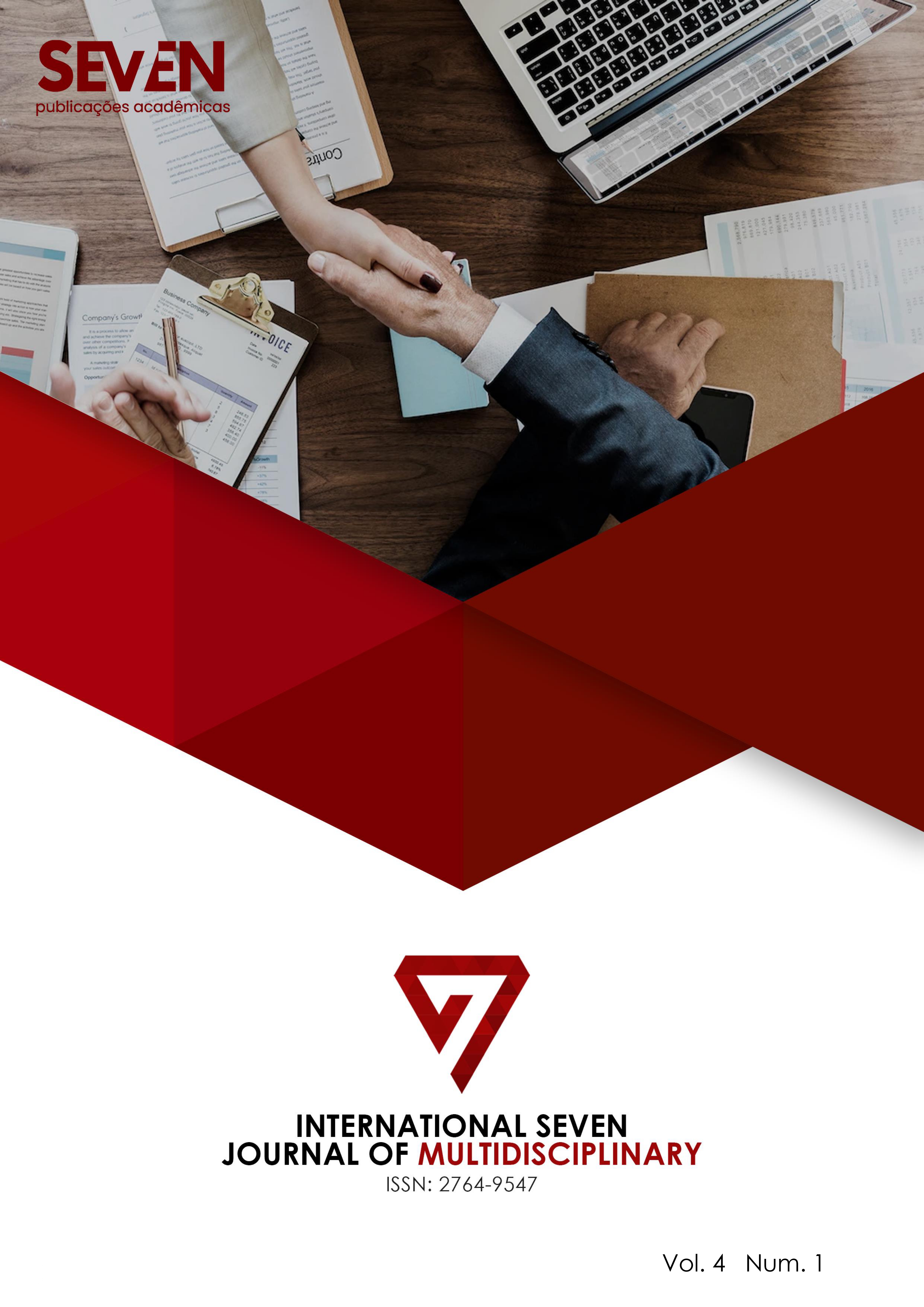AVANÇOS NO TRATAMENTO DO PARKINSONISMO COM ESTIMULAÇÃO CEREBRAL PROFUNDA
DOI:
https://doi.org/10.56238/isevmjv4n1-010Palavras-chave:
Doença de Parkinson, Estimulação cerebral profunda, Avanços tecnológicos, Sintomas motores, Inteligência artificial, Alvos cerebrais, Tratamento NeuromoduladorResumo
A Estimulação Cerebral Profunda (DBS) estabeleceu-se como um dos tratamentos mais eficazes para a Doença de Parkinson (DP), especialmente em pacientes com sintomas motores refratários à terapia medicamentosa. Este artigo de revisão tem como objetivo abordar os avanços recentes na aplicação da ECP, destacando melhorias tecnológicas, eficácia clínica e desafios associados à técnica. Evidências científicas mostram que o DBS proporciona melhorias significativas nos sintomas motores, como tremores, rigidez e discinesias, além de reduzir as flutuações motoras relacionadas ao uso prolongado de levodopa. Avanços tecnológicos, como dispositivos adaptativos que ajustam a estimulação em tempo real e a integração de inteligência artificial e aprendizado de máquina para personalizar o tratamento, aumentaram a eficácia e a segurança da técnica. Além disso, estudos exploraram alvos cerebrais alternativos e a aplicação precoce de DBS nos estágios iniciais da DP, com resultados promissores que sugerem benefícios neuroprotetores e um impacto positivo nos sintomas não motores, como distúrbios do sono e depressão. No entanto, o DBS tem limitações, incluindo complicações cirúrgicas, efeitos adversos neuropsiquiátricos e a necessidade de seleção rigorosa de pacientes. Fatores como o alto custo do procedimento e o acesso desigual também representam desafios globais, especialmente em países de baixa e média renda. Em conclusão, embora o DBS seja uma abordagem bem estabelecida e promissora para o tratamento da DP, novos avanços na tecnologia, biomarcadores e estratégias de aplicação precoce são essenciais para estender seus benefícios e tornar a técnica mais acessível.
Downloads
Publicado
Edição
Seção
Licença
Copyright (c) 2025 International Seven Journal of Multidisciplinary

Este trabalho está licenciado sob uma licença Creative Commons Attribution-NonCommercial 4.0 International License.


